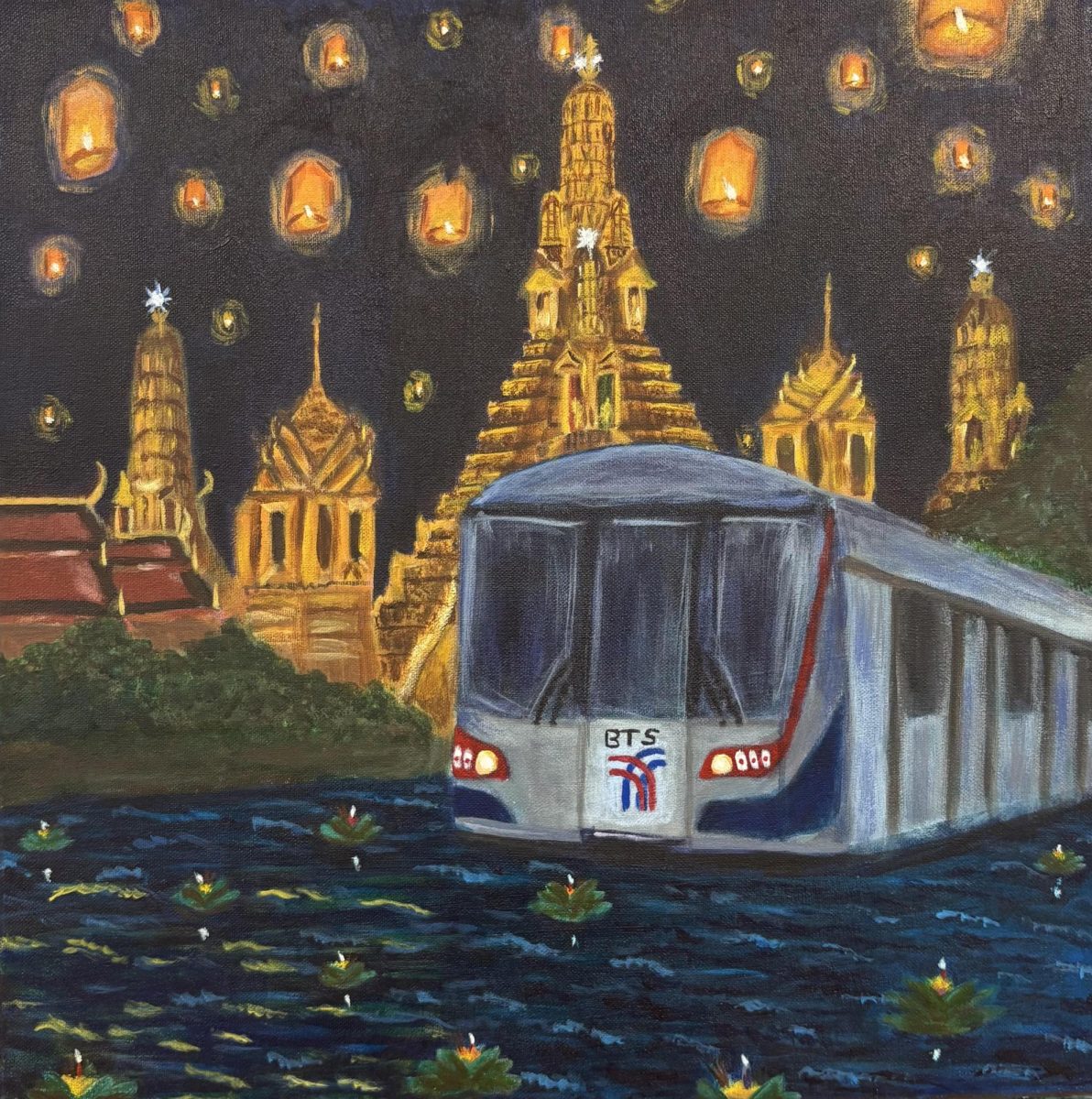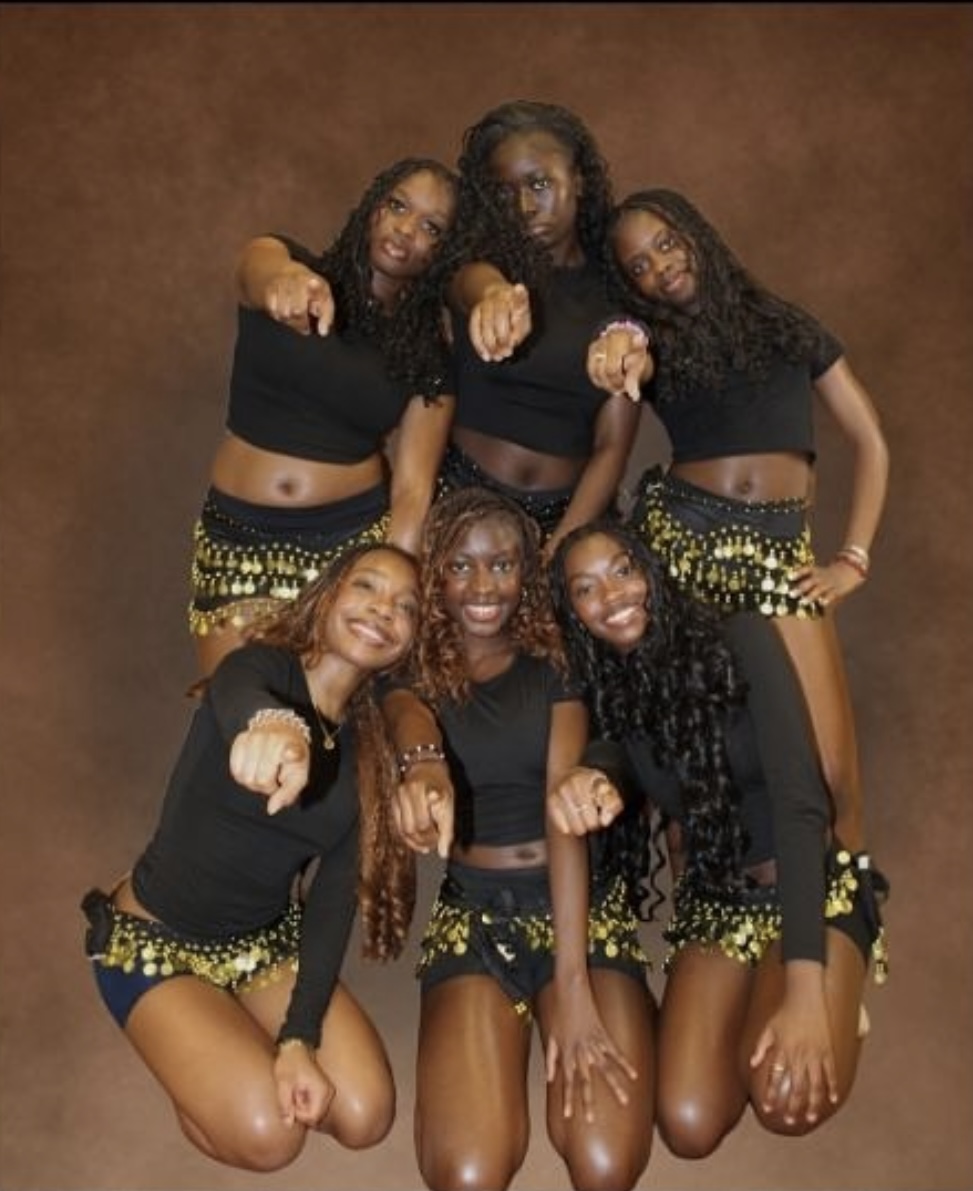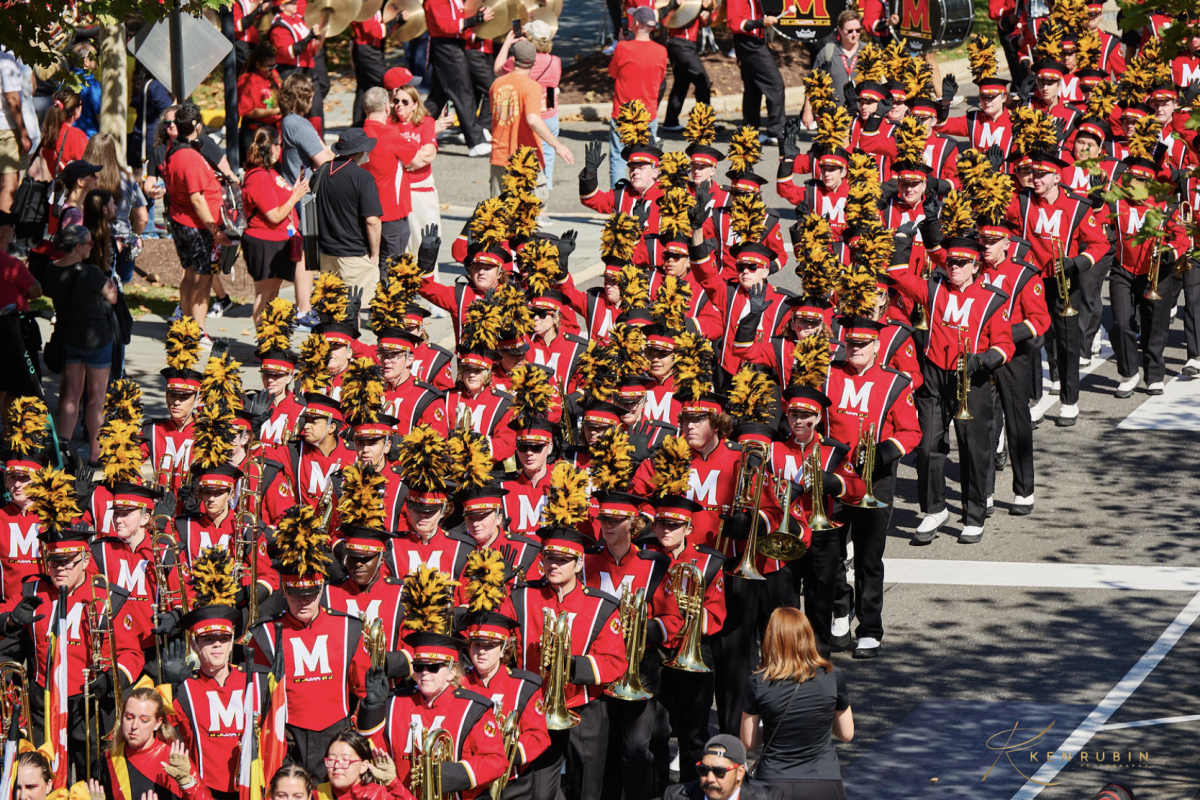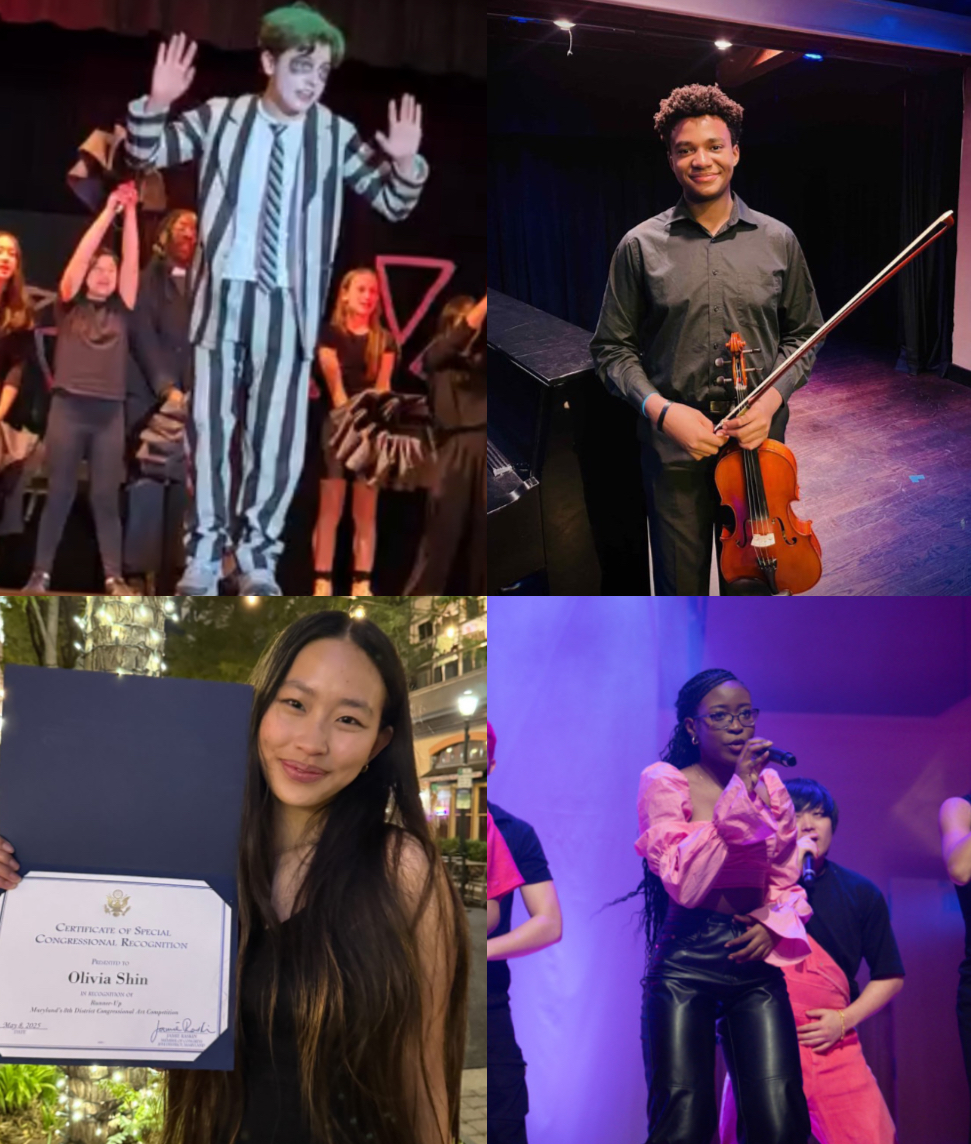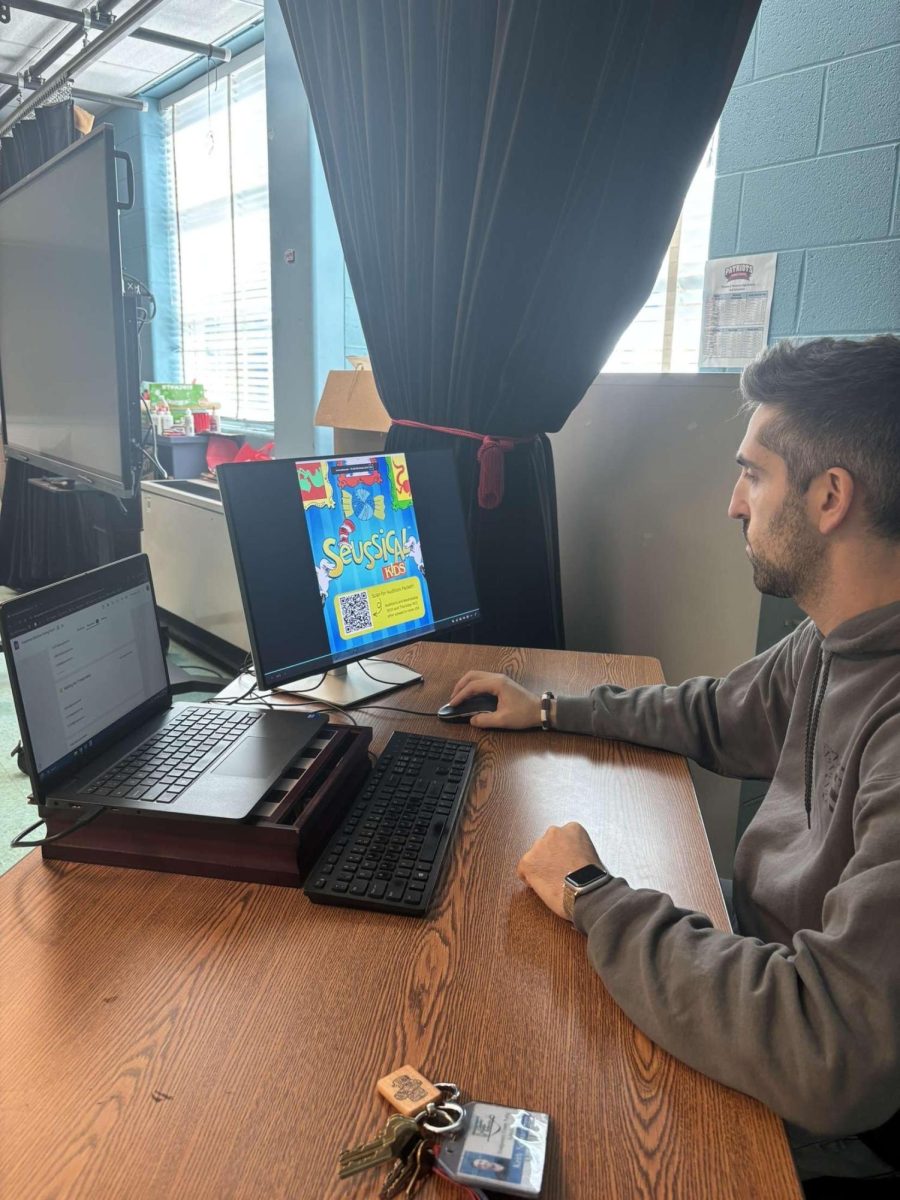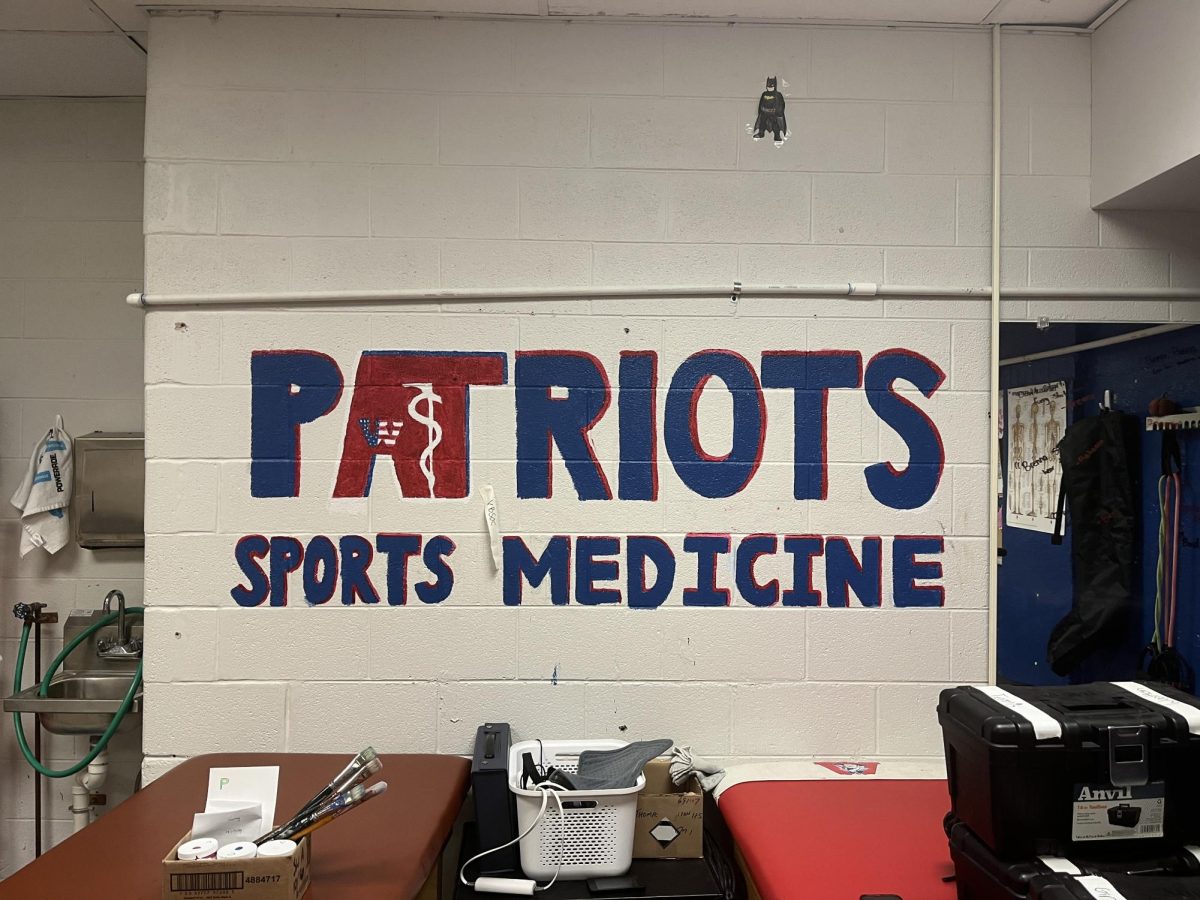Now that we’re in the depths of AP exams, students are cramming for their upcoming tests. But down in the art hallway, the AP art students are facing a different feat. Instead of practice tests and review days, the AP art students are putting the finishing touches on all the pieces of their portfolio, getting it ready to submit.
Throughout the year, the students taking AP Artwork create a portfolio containing five pieces showcasing their skills and ideas. Along with their portfolio, they need a written explanation connecting their pieces to their chosen theme. “Students build an art portfolio consisting of two components: The first component is the Sustained Investigation, and it requires students to explore a theme or inquiry. This can come in the form of a guiding question. They can create five or more pieces where they will research, experiment, and document their process as well as progress based on this guiding question, inquiry or theme. The second component is the Selected Works, which showcases their mastery of the materials chosen. They can explore a variety of themes using various media, including painting, drawing, printmaking, digital or mixed media,” AP Art teacher Quan Duong said.
This process has taken a lot of time and effort for the students at this school. From brainstorming themes to replicating their ideas on a canvas, AP Art students have been working all year to get to where they are today. “It’s harder because you have to prepare for it the whole year; you have to finish five-plus paintings within a certain timeline as well,” sophomore Olivia Shin said.
While the aspects of most exams aren’t the same as this exam, AP Art still has its challenges. “This exam isn’t less difficult than other exams, but it’s nice to not have to study and sit for an exam. It’s still challenging because of all the hard work that has been put in this year with creating pieces that connect to my theme and guiding question,” senior Sabina Blate said
One of the biggest parts of the portfolio for students is the theme they chose to use because it determines what they spend the entire year working on. There is no limit to the themes students can choose from, giving them a lot of creative liberty. Shin’s theme is “different stages of [her] life from birth to now and the process of loss and growth,” while Blate’s theme “goes along with [her] guiding question; “How can I continue to connect with my cultures even through change?”. This is about having multiple cultures celebrated in [her] family, from growing up in Thailand to my Mother’s Indian side and my Dad’s Jewish side and my Kazakh side.”
Another major difference is the scoring of the AP exam. For most exams, it’s based on multiple choice and free response questions, but art is subjective. According to College Board, “The 15 images are evaluated collectively based on four scoring criteria. Each of the four scoring criteria is evaluated separately and assigned an independent score. The four scoring criteria, along with their corresponding skills and section weighting, is as follows: Formulate and identify, in writing, questions or areas of inquiry that guide a sustained investigation, demonstrate written and visual evidence of practice, experimentation, and revision in a sustained investigation, make works of art and design that demonstrate synthesis of materials, processes and ideas and make works of art and design that demonstrate 2-D, 3-D or drawing skills.”
While the AP Art Exam isn’t your typical AP Exam, the AP art students have worked hard throughout the year to get where they are and hope to do well. “Hopefully, I will get a good score on my exam because I’ve put a lot of hard work into my portfolio and feel connected to it. But this year, I have definitely grown as an artist and have learned many new skills and techniques, as well as being curious and trying new things to implement into my portfolio,” Blate said.


